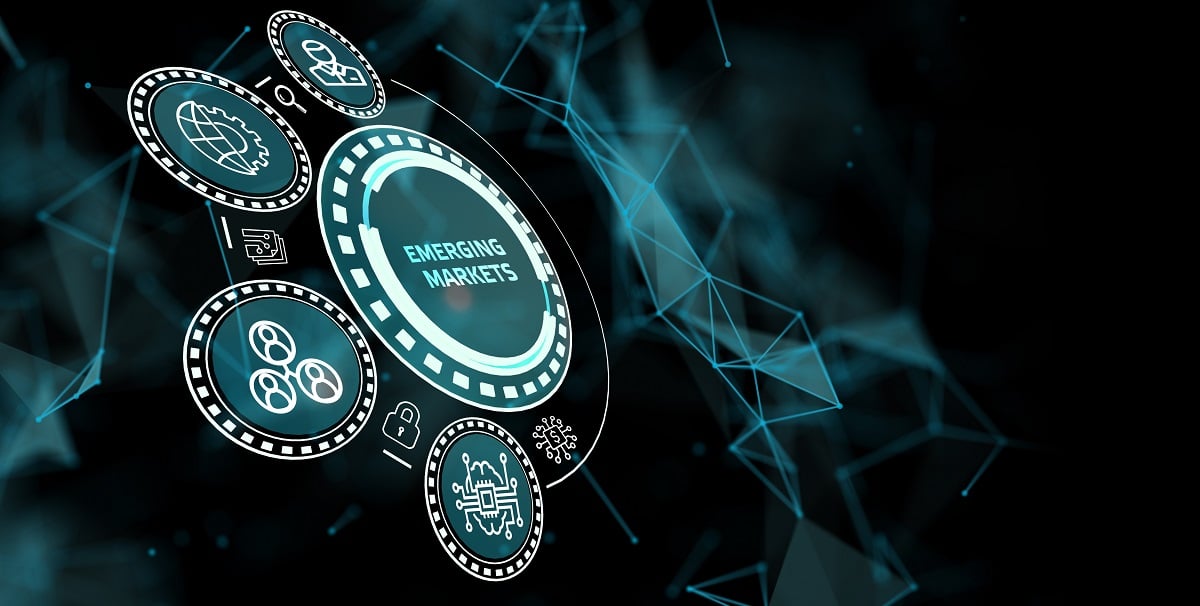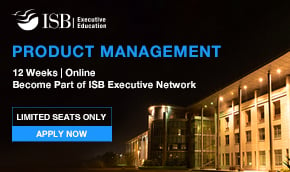From Introduction to Decline: The 4 Stages of a Product Life Cycle

- What are the 4 Stages of a Product Life Cycle?
- How Does the Product Life Cycle Affect Profit and Growth?
- How Can Businesses Ensure Product Longevity?
- What are the Key Strategies for Each Stage of the Product Life Cycle?
- How Does Competition Play a Role in the Product Life Cycle?
- Become a Product Specialist With Emeritus
Any product introduced to the market is bound to have a shelf life. In essence, the journey of a product—from its introduction to its decline—is called the product life cycle. The product, therefore, goes through various stages during this trajectory. Moreover, with a deeper understanding of this journey, businesses can improve the sales of their product with strategies depending on where the product is in its life cycle. So let’s dive into the main stages of the product life cycle that business leaders and entrepreneurs are actively adopting to succeed with their marketing strategies.
What are the 4 Stages of a Product Life Cycle?

As is often the case, every product goes through these stages of the product life cycle:
- Introduction Stage
- Growth Stage
- Maturity Stage
- Decline Stage
In general, each phase in a product life cycle offers a unique set of opportunities for marketers that factor into the sales of the product. Needless to say, there have been instances in India where popular brands have withdrawn newly launched products due to poor product life cycle management. Therefore, an effective strategy following these stages can play a vital role in defining the chances of success for a product.
1. The Introduction Stage
This is the stage where the product is developed based on market research and is exposed to the market. Moreover, the product sales rise gradually in this phase as the demand and awareness of the product slowly build among consumers.
2. The Growth Stage
Here, the consumer begins to recognize the brand. Furthermore, the product and its popularity begin to trend upward too. At this point, customers have associated the brand identity with the product, thereby forming a loyal consumer base.
ALSO READ: Loyalty Marketing Strategies for Customer Retention
3. The Maturity Stage
In brief, this stage marks the culmination of the accelerated consumer acceptance of the product. Moreover, the market starts to show signs of saturation, and we see the sales slowing down often due to a rise in competition.
4. The Decline Stage
As so often happens, the product life cycle at this stage witnesses a significant decline in sales, product popularity, consumer demand, and competitors’ efforts. Additionally, even though companies renew their efforts to expand a product’s lifespan, this eventual decline unfortunately is almost inevitable.
How Does the Product Life Cycle Affect Profit and Growth?
The product life cycle is a concept known to most people involved in product development and marketing. However, those who harness it to design effective product strategies not only ensure better sales but also increase the longevity of the product’s lifespan.
Research based on product life cycles can help companies allocate resources from one product to another. Of course, this is based on the stages they are in. But, to put it briefly, it promotes innovation and competition, thus positively impacting economic growth.
How Can Businesses Ensure Product Longevity?
Without a doubt, a longer product life cycle translates as a win-win not just in sales but also in consumer trust and loyalty. What’s more, from product development to its decline, there are a plethora of avenues in strategies. These can be both marketing and manufacturing. Businesses can hence explore the same to secure their product for a longer haul.
What are the Key Strategies for Each Stage of the Product Life Cycle?
Knowing the stage a product is in can effectively help businesses develop a marketing strategy for the product. Moreover, considering the product life cycle stages allows management and marketing professionals to decide important factors like advertising costs, pricing strategies, expansion, and redesigning.
In fact, here are the key strategies to consider in order to succeed:
-
Strategy for Introduction Stage (Promotional Campaigns)
To begin with, a company needs to conduct promotional campaigns just before its product hits the market. Strictly speaking, this helps build awareness and the product’s need among the audience. Furthermore, it ensures greater reach and acceptance of the product. In summary, this is when businesses can secure a monopoly for their product.
-
Strategy for Growth Stage (Loyalty Marketing Strategies)
During this stage, there is a rise in competition, with other brands rivaling for consumer attention. Nevertheless, here, the business that came first still holds the reputation of being the originator among the public. Therefore, it must undertake different brand retention strategies to develop and secure a loyal customer base.
-
Strategy for Maturity Stage (Augmentation and Innovation)
Without a doubt, the market saturation during this stage—both for the original business’s product as well as that of the competitors—makes it an important ground for augmentation and innovation. Thus, one can strip away unpopular attributes with a better understanding of likes and dislikes. Furthermore, it enables the addition of new features to surprise consumers. Generally, it shifts the product back into the growth stage, furthering its longevity.
-
Strategy for Decline Stage (Upcycling and Repurposing of Products)
Finally, we have the product life cycle’s decline stage. But that doesn’t have to be the end of the journey. In fact, while certain companies look into discontinuation or buy-outs, there are other avenues to explore as well. Moreover, one could explore and tap into newer markets. Additionally, businesses can create renovated and adapted products. It is thus possible to resume the product life cycle based on the acquired experience with sales and strategies.
How Does Competition Play a Role in the Product Life Cycle?

Any successful product that meets the consumer’s demands can expect to see a rise in market competition along its trajectory. Therefore, from the growth stage to its decline, competition factors in the longevity of the product life cycle. Moreover, it doesn’t only affect the popularity among the audience but also the rate of market saturation.
Nevertheless, once the product proves its demand in the market, a sea of competitor products begin to emerge to meet those demands. Consequently, this truncates the monopolized revenue as the originating company. However, the same competition can be used to refine the marketing strategies for the original product. Needless to say, this helps sustain the expanding market and lengthens the product’s journey.
Furthermore, the first and most vital factor is that it allows the scope for improvement and innovation in the existing product. Therefore, comparing the original product with that of the competitors offers valuable insights into ideas that can help increase profits. For example, product quality, sales, expenses, promotions etc.
During the maturity stage, the less-successful competitors are often pushed out of the race. This is known as the “shake-out point”. However, the presence of strong contenders affects the profit margins. Hence, prices begin to fall accordingly.
To sum up, an effective business person can take their competition into account to better design processes. Moreover, they further the strategies needed to ensure a longer presence in the market.
ALSO READ: The Power of Strategic Marketing: A Guide to Unlocking Business Growth
Become a Product Specialist With Emeritus
A thorough understanding of the product life cycle can offer one the mindset to change the course of the product journey. Moreover, one can utilize the same to predict the future and tactfully implement these strategies. Emeritus India offers a comprehensive education that is fit for future product specialists by partnering with the best institutes in the country. Therefore, with our certification courses, professionals and freshers from various industries can acquire advanced skill sets for a successful future in product management. Do explore these online product management courses today!
By Harsh Sharma




